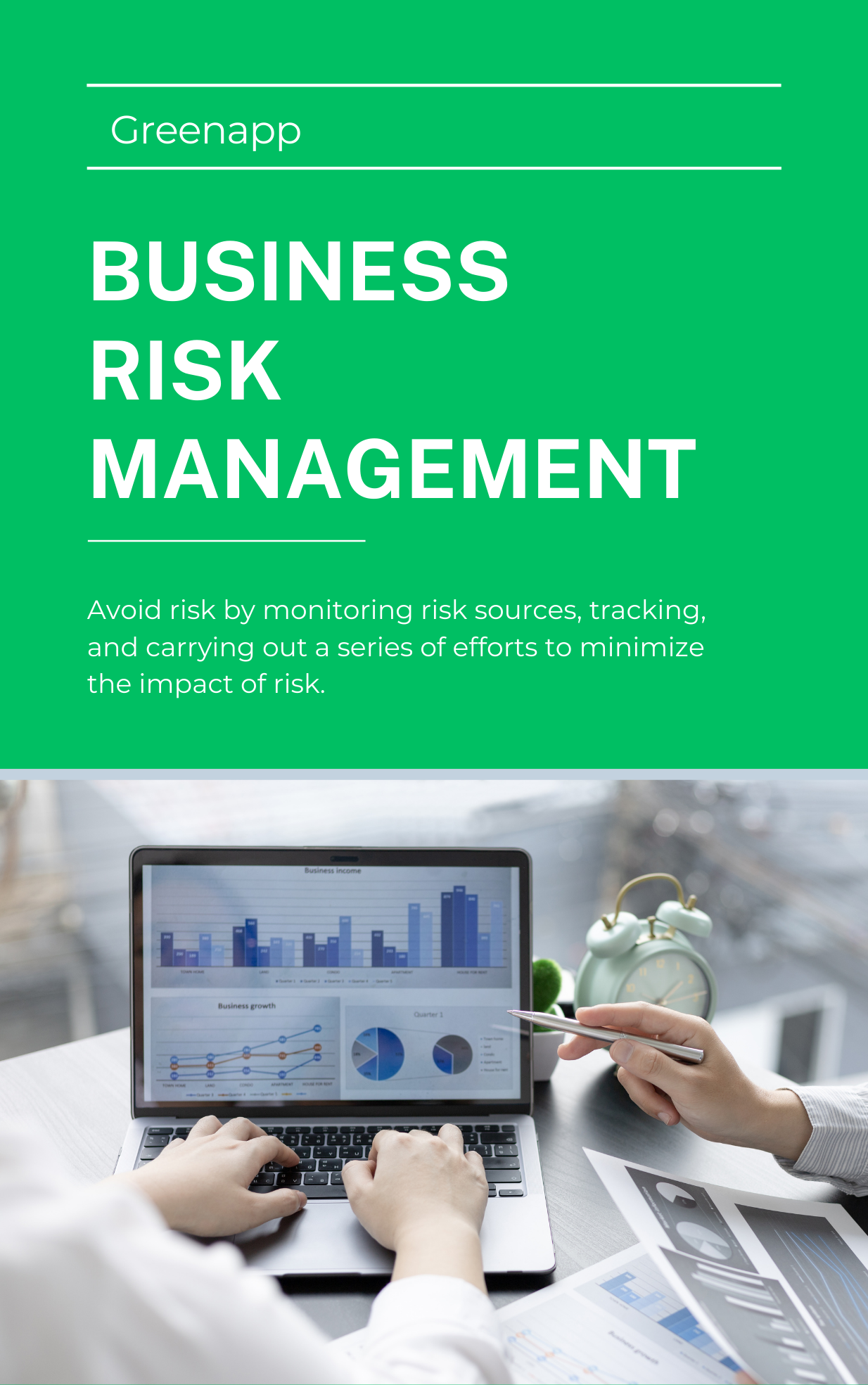Risk management is an essential process that businesses must undertake to minimize the impact of potential risks on their operations. Businesses face various types of risks, including financial, operational, strategic, and reputational risks. These risks can have significant consequences, such as lost revenue, decreased productivity, legal liabilities, and reputational damage. Therefore, it is crucial for businesses to develop a risk management plan that helps identify, assess, and mitigate potential risks.
In this article, we’ll explore the importance of risk management for businesses and the key steps involved in developing a successful risk management plan.
Understanding Risk Management
To understand the importance of risk management, it’s essential to first define what we mean by risk. Risk refers to the possibility of an event occurring that could have an adverse impact on an organization’s objectives or operations.
There are different types of risks that businesses face. Financial risks refer to the potential financial losses that an organization could experience due to factors such as market volatility, interest rate fluctuations, or currency exchange rates. Operational risks are those associated with the day-to-day operations of a business, such as technology failures, supply chain disruptions, or employee errors. Strategic risks relate to the potential risks associated with a business’s long-term strategic decisions, such as entering new markets, launching new products, or expanding operations. Finally, reputational risks refer to the potential harm to a business’s reputation due to factors such as negative publicity, customer complaints, or data breaches.
Risk management is the process of identifying, assessing, and mitigating potential risks to an organization. By managing risks, businesses can protect their assets, maintain their reputation, and ensure their long-term sustainability.
The Benefits of Risk Management
Risk management offers several benefits to businesses. One of the primary benefits is the ability to mitigate potential risks before they occur. By identifying and assessing potential risks, businesses can take proactive steps to prevent or minimize the impact of these risks. This can help prevent financial losses, decrease operational downtime, and maintain business continuity.
Another benefit of risk management is that it can help businesses identify new opportunities. By analyzing potential risks and their impact on the business, companies can identify new markets or areas of growth. This can help businesses to make informed strategic decisions and seize new opportunities.
Additionally, risk management can help businesses comply with legal and regulatory requirements. Many industries have specific regulations that businesses must comply with to avoid legal liabilities and reputational damage. By implementing a risk management plan, businesses can ensure they are meeting their legal obligations and avoiding costly fines and penalties.
Developing a Risk Management Plan
Developing a risk management plan involves several key steps. The first step is to identify potential risks that could impact the organization. This can be done through a variety of methods, such as conducting a risk assessment, reviewing past incidents, or analyzing industry trends.
Once potential risks have been identified, the next step is to assess the likelihood and potential impact of these risks. This involves analyzing the probability of the risk occurring and the severity of its impact on the organization. By assessing risks, businesses can prioritize their risk management efforts and focus on the most significant risks.
The next step is to develop a risk mitigation strategy. This involves identifying measures that can be taken to prevent or minimize the impact of potential risks. For example, a business may implement new security measures to prevent data breaches or develop contingency plans to address supply chain disruptions.
Finally, it is important to remember that risk management is an ongoing process. It should not be viewed as a one-time event, but rather as a continuous cycle of identifying, assessing, mitigating, and monitoring risks. As the business environment evolves and new risks emerge, it is essential to adapt the risk management strategy accordingly.
In conclusion, risk management is a critical aspect of running a successful business. It involves identifying potential risks and taking steps to mitigate or avoid them. By implementing a comprehensive risk management strategy, businesses can protect their assets, reputation, and bottom line. However, it is important to remember that risk management is not a one-size-fits-all solution. Each business is unique and requires a tailored approach to risk management that takes into account its specific needs, goals, and risk appetite.
As you develop your risk management strategy, keep in mind the importance of assessing risks regularly, identifying and prioritizing risks, developing a mitigation plan, and monitoring risks continuously. With a proactive approach to risk management, you can protect your business from potential threats and position it for long-term success.


Add a Comment